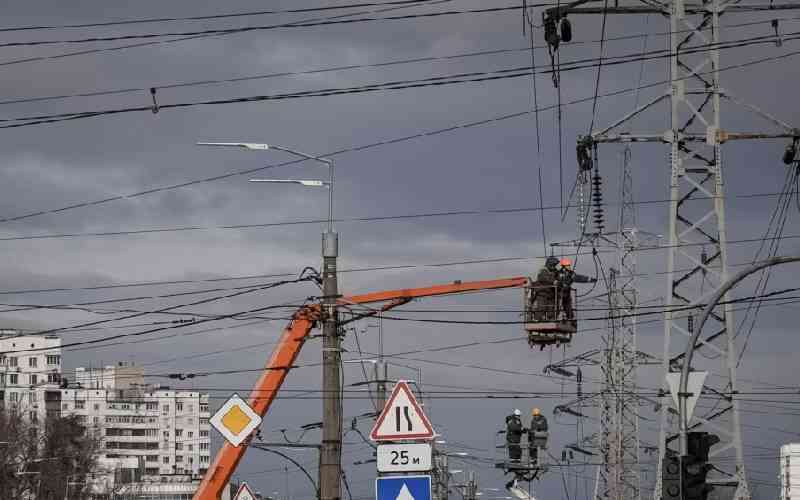For a while economists have argued about the benefits of electrification. Some claimed electrification causes economic growth and development – by reducing the cost of energy and thereby enabling firms to increase their productivity, expand operations, and hire more workers. Others believe that economic growth precedes or co-evolves with energy consumption. The difference is subtle, but either belief generates its unique set of policy implications. Now new research from Vietnam shows reliable electrification does indeed cause development (in some contexts). Researchers were able to show that reliable power supply is linked to future increase in household income and asset accumulation. These findings provide important lesson on the need to streamline power production and distribution in Kenya.
Reliable electricity connectivity was supposed to be a core legacy achievement for President Uhuru Kenyatta’s administration. Yet over the last six years, Kenyans have paid through the nose for new installed power generation capacity. Yet nearly one third of all power generated lies idle due to the mismanagement of transmission lines. According to government figures, we will soon have a total installed capacity of 2900MW. Peak demand stands at just over 1880MW. During off-peak hours consumption declines to as low as 765MW. Meanwhile, at about Sh19 per unit, the Kenyan power market remains one of the more expensive in the region, rendering our manufacturers uncompetitive. Why should you worry about how the government manages power distribution through transmission infrastructure?
For two reasons. First, it is hard to store power once it is produced. The effort would require very expensive batteries and is therefore simply not worth it. Second, efficient distribution would likely reduce the overall cost of power. During off-peak hours, we only consume about 28 per cent of the power generated. Therefore, it would be wise to reduce some of the demand during peak hours by shifting power-hungry production processes to periods when demand is low (at a lower per unit cost).
Of course, this is not a new idea. The government has repeatedly paid lip service to the idea of a “24-hour economy.” However, the problem, as always, is that such pronouncements have never been followed up by concrete incentive schemes and policies to make it reasonable for firms to shift their operations to nighttime. The introduction of “Time of Use Tariffs”, in an attempt to smooth power consumption throughout the day conditional on demand, remains a pipedream.
So where exactly is the problem? As usual, it is always about the money. Despite the overall reduction in production costs over the last few years and an energy mix that now includes more renewables, high-cost power producers continue to milk Kenyan consumers through their political connections. There is also corruption in the construction and maintenance of transmission line. We have all heard about the troubled project to link the Turkana wind farm to the national grid. As a result of all of these, about 1000MW of power goes unconsumed.
One way of gauging Kenyatta’s lack of seriousness with the Big 4 Agenda is his neglect of the inefficiencies in the power sector. Energy is the lifeblood of industrialisation. Unless we change course, most firms (manufacturing and others) will continue to experience stagnation or decline in productivity, and remain regionally uncompetitive.
- The writer is an Assistant Professor at Georgetown University
 The Standard Group Plc is a
multi-media organization with investments in media platforms spanning newspaper
print operations, television, radio broadcasting, digital and online services. The
Standard Group is recognized as a leading multi-media house in Kenya with a key
influence in matters of national and international interest.
The Standard Group Plc is a
multi-media organization with investments in media platforms spanning newspaper
print operations, television, radio broadcasting, digital and online services. The
Standard Group is recognized as a leading multi-media house in Kenya with a key
influence in matters of national and international interest.
 The Standard Group Plc is a
multi-media organization with investments in media platforms spanning newspaper
print operations, television, radio broadcasting, digital and online services. The
Standard Group is recognized as a leading multi-media house in Kenya with a key
influence in matters of national and international interest.
The Standard Group Plc is a
multi-media organization with investments in media platforms spanning newspaper
print operations, television, radio broadcasting, digital and online services. The
Standard Group is recognized as a leading multi-media house in Kenya with a key
influence in matters of national and international interest.








